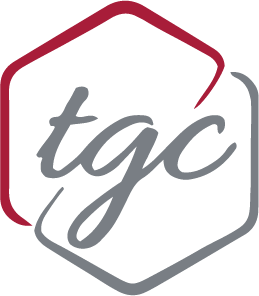Tag: job
-
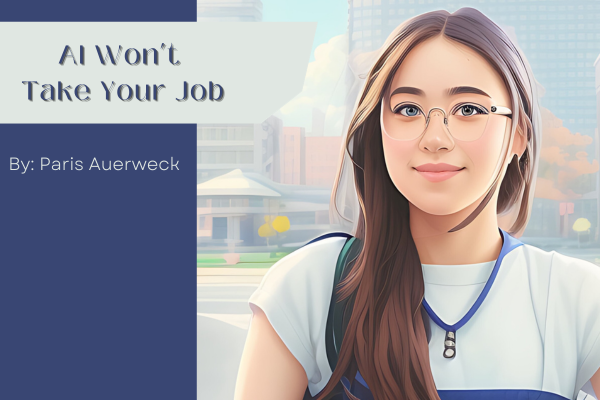
AI Won’t Take Your Job
Katrina Cameron, TGC alumni, shares her experience using AI the right way in the PR field. By: Paris Auerweck As public relations students and soon-to-be professionals, the question that’s been circling our minds is this: Is AI capable of taking our jobs? The recent surge and development of AI technology has made us wonder about…
-
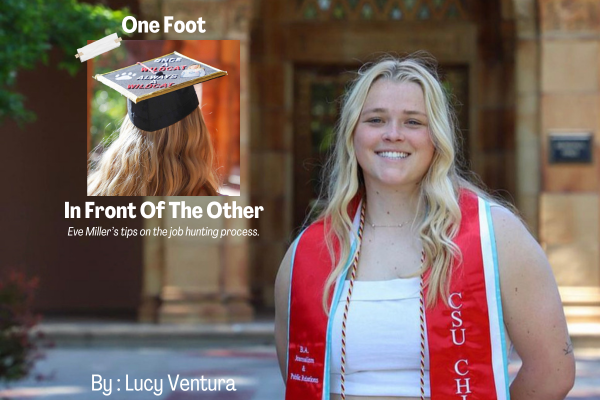
One Foot in Front of the Other
Eve Miller’s tips on job hunting process. By: Lucy Ventura As a senior, thinking about what’s next post-graduation can be frustrating. It can also be a burden on your self-esteem going through many interviews and not hearing back quickly. I spoke with Eve Miller about what her job hunting process was like and how she…
-
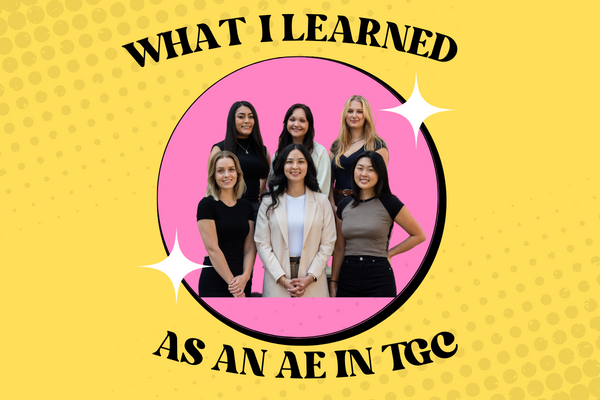
What I learned as an AE in TGC
Rubi Ha-Hernandez It’s my first semester in TGC and I am stoked to be working with such a talented team for our amazing clients. To my surprise I was assigned to be an Account Executive for my first semester working with Nicole Johansson for the Honeybee Discovery Center. My team is composed of wonderful and…
-

AI is Affecting Graphic Designers
By: Kate Ellis-Logsdon With Artificial Intelligence taking over the world recently, many are questioning how it will affect their jobs in the years to come, especially in the digital world. Graphic designers have dealt with changes for centuries from the printing press invented by Gutenberg in the 1400s, to Bauhaus in the 1900s, and finally…
-

AI is Affecting Graphic Designers
By: Kate Ellis-Logsdon With Artificial Intelligence taking over the world recently, many are questioning how it will affect their jobs in the years to come, especially in the digital world. Graphic designers have dealt with changes for centuries from the printing press invented by Gutenberg in the 1400s, to Bauhaus in the 1900s, and finally…
-
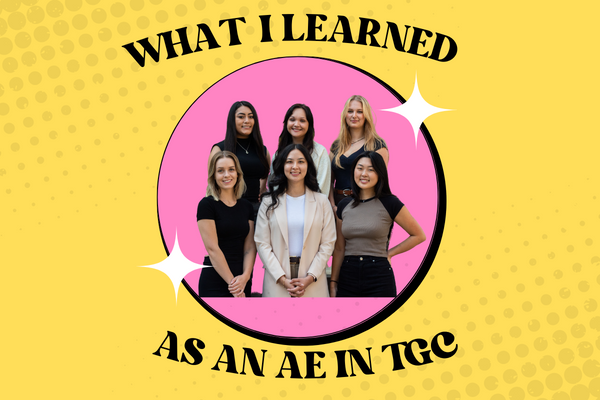
What I learned as an AE in TGC
By: Rubi Ha-Hernandez It’s my first semester in TGC and I am stoked to be working with such a talented team for our amazing clients. To my surprise I was assigned to be an Account Executive for my first semester working with Nicole Johansson for the Honeybee Discovery Center. My team is composed of wonderful…
-
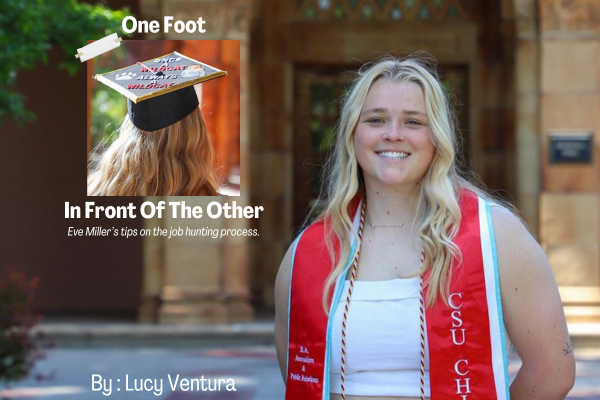
One Foot in Front of the Other
Eve Miller’s tips on the job hunting process. By: Lucy Ventura As a senior, thinking about what’s next post-graduation can be frustrating. It can also be a burden on your self-esteem going through many interviews and not hearing back quickly. I spoke with Eve Miller about what her job hunting process was like and how…
-
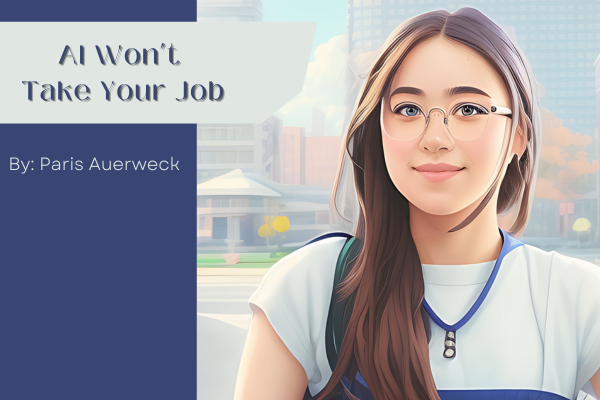
AI Won’t Take Your Job
Katrina Cameron, TGC alumni, shares her experience using AI the right way in the PR field. By: Paris Auerweck As public relations students and soon-to-be professionals, the question that’s been circling our minds is this: Is AI capable of taking our jobs? The recent surge and development of AI technology has made us wonder about…
-

How to Tackle Unfamiliar Topics
By Victoria Hernández In the world of Public Relations clients range from standard practices to niche fields such as government relations. Every business, organization, and public figure partake in PR one way or another. Take advantage of the flourishing field and find a career uniquely suited for your interests. When working at an agency or…
-

The Application of Education After Graduation
By Gabby French In the height of the Coronavirus pandemic, Prin Mayowa who had a job canceled on her due to the pandemic, instead of moping decided to be proactive in building her portfolio. Along this journey, she wrote and published a book to add to her success. Prin, a 2016 graduate of Journalism and…
